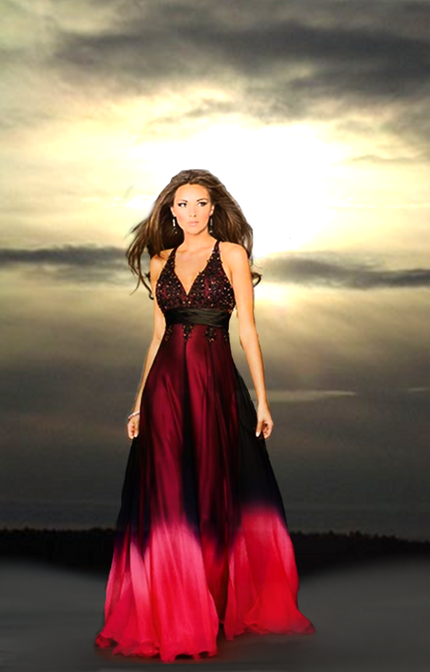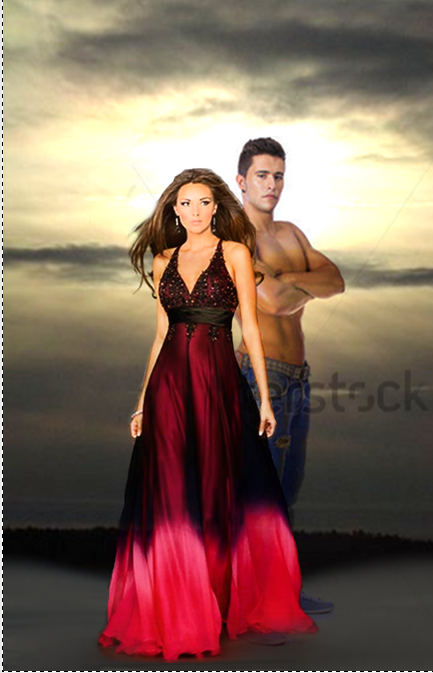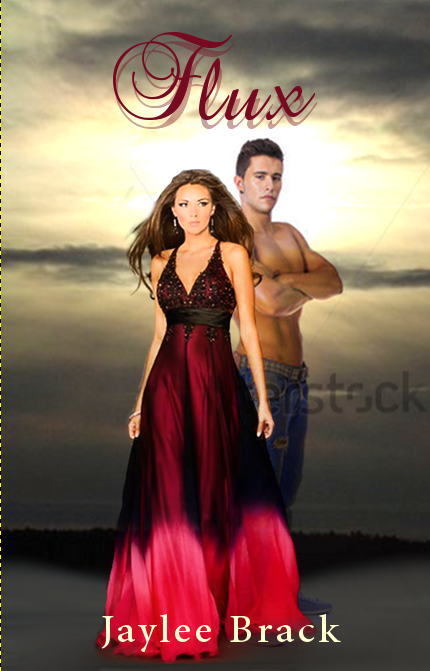Yesterday, we discussed macro (Big Picture) editing, in which we ensure that all the story components do what they’re supposed to do and work harmoniously together. Today, we’re going to concentrate on another aspect of macro editing: consistency.
Let’s use our same three categories — character, plot, and setting — to see what types of errors we’re looking to catch in this editing focus.
Character Consistency
In yesterday’s focus, we were editing for character depth and function. Today, we’re editing for detail, voice, and point-of-view.
Detail Editing
Details are things like eye color, hair color, stand-out characteristics like moles or scars, and stature. So, for example, if Lord Beardsley’s eyes are gray on page 10, then make sure they’re not suddenly blue on page 123. If Bandit Bob has a scar on his right cheek, make sure it hasn’t moved to the left wrist twenty pages later. (Reminds me of Young Frankenstein and the shifting hump).
The surest way to avoid this type of consistency trouble is to have written character sketches. If a detail is important enough to include in your novel, it’s important enough to note in your character sketch. If you notice that you have trouble keeping one character’s details straight and you don’t have a sketch, then make one as you re-read, jotting down details as you find them. A running sketch like this will help you to correct problems you find along the way.
Voice Editing
Voice, even more than eye color or tattoos, is what defines your characters. If your character has a distinctive dialect or way of speaking, then make sure that voice is authentic throughout the story. If you can’t write a certain dialect convincingly, then don’t even attempt it. Better just to indicate that the character speaks with a heavy brogue than to do a lame job transcribing it. Don’t start what you can’t make believable.
Voice consistency is also critical for POV, especially if you take up multiple characters’ perspectives throughout the story (as in alternating third-person limited or alternating first person POV). In these cases, it’s essential that your characters’ voices be distinct and consistent, because otherwise your reader won’t know whose head she’s in. And, if your characters all sound like carbon copies of each other, then it’s not only confusing to your reader, but boring. (Consider Faulkner’s novel The Sound and the Fury for a stunning example of voice and POV.)
POV Editing
Let’s talk about POV. If you start out with third-person limited POV, make sure you don’t switch to third-person omniscient in Chapter 10. And remember, when you’re inside a character’s head, you can’t reveal details that he or she wouldn’t see or know, so you’ll want to be sure that things are revealed appropriately through action and/or dialogue.
Check also for those instances, especially in third limited or first person, where you might be tempted to have your character self-describe. Most people don’t walk around thinking something like, “I’m five foot two. I have mousy brown hair and glasses. Gee, I wonder what’s for breakfast today.” Instead, if you must have a character describe herself, try to work it into the action:
I stretched on tiptoe to see in the mirror. Whoever had hung that darn mirror didn’t design it for someone five foot two. I frowned and shoved my glasses further up on my nose, but there wasn’t a thing I could do with my hair. Mousy brown and wild, it never would behave. I fussed with it for a moment, but then my stomach growled. I wondered absently what was for breakfast.
Make your narrative realistic and keep your perspective consistent.
Plot/Action Consistency
We’ve all read novels where there is a consistency glitch in the action. Hopefully this isn’t an Epic Glitch — like the author forgot one of the main elements he’s established as necessary to the story’s climax. Make sure that whatever threads you weave into the fabric of your story are carried throughout — deliver what you promise.
Leaving Epic Plot Glitches aside, let’s consider a smaller, but no less annoying, consistency error:
Lord Beardsley gallops through the Dark Forest. Suddenly, Bandit Bob steps out from behind a tree.
“Avast!” cries Bob. “Hand over yer gold!”
Lord Beardsley dismounts and strides toward Bandit Bob, brandishing his Vorpal Blade. “I will gut you like a fish, and then I will celebrate by laughing maniacally!” vaunts Lord Beardsley.
He gallops toward Bandit Bob on his Battle Horse.
Oops.
He dismounted, remember, and we never see him get back on his horse.
This type of error is easy to commit. If you get up to get a fourth cup of coffee glass of water between Bob’s challenge and Lord Beardsley’s response, you may well and truly forget that he got off his horse to confront his adversary.
An attentive read-through of your novel should allow you to catch these types of mistakes. I hear you laughing to yourself, thinking that you’re not so inattentive as to commit such an egregious and ridiculous error. Don’t consider yourself immune. I’ve seen these glitches in professionally published (and presumably, therefore, professionally edited) books, where both the author and the editor should know better. Be better. Check for consistency!
Setting Consistency
Much like consistency in character detail, editing for setting consistency requires you to have a strong grasp of your world. If your culture doesn’t use electric lights, then you can’t have them turning on the lamp in Chapter 3. And, on a “set design” level, if you place a fireplace on the west wall of the room, then it can’t be on the north wall in the next scene.
Sometimes we don’t completely think through the consequences of a setting choice. They can be far-reaching. For instance, if you place your characters in a world where they don’t have horses and have never even heard of horses, then you can’t have your characters use horse-y metaphors, similes, or turns of phrase. Hamish can’t say, “You’re as wild as an unbroken mustang.” He can’t say, “You can lead a horse to water…” Be sure that if you limit your world like this, you think through the consequences. Make your figurative language authentic to your setting. It’s actually fun – it makes you stretch as a writer. But it can also trip you up, so put this on your editing checklist as well.
Final Word
We’ve now finished our brief look at the process of macro-editing! J. Leigh will take up Focus 3 and 4 (micro-editing) later this week. (Remember, you don’t have to do these steps in the order we’re discussing them, and sometimes you have to do them more than once.)
Happy editing!!!




